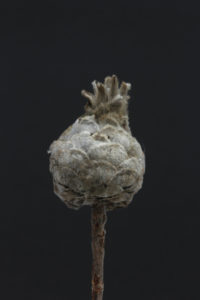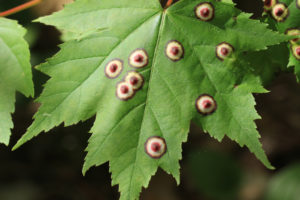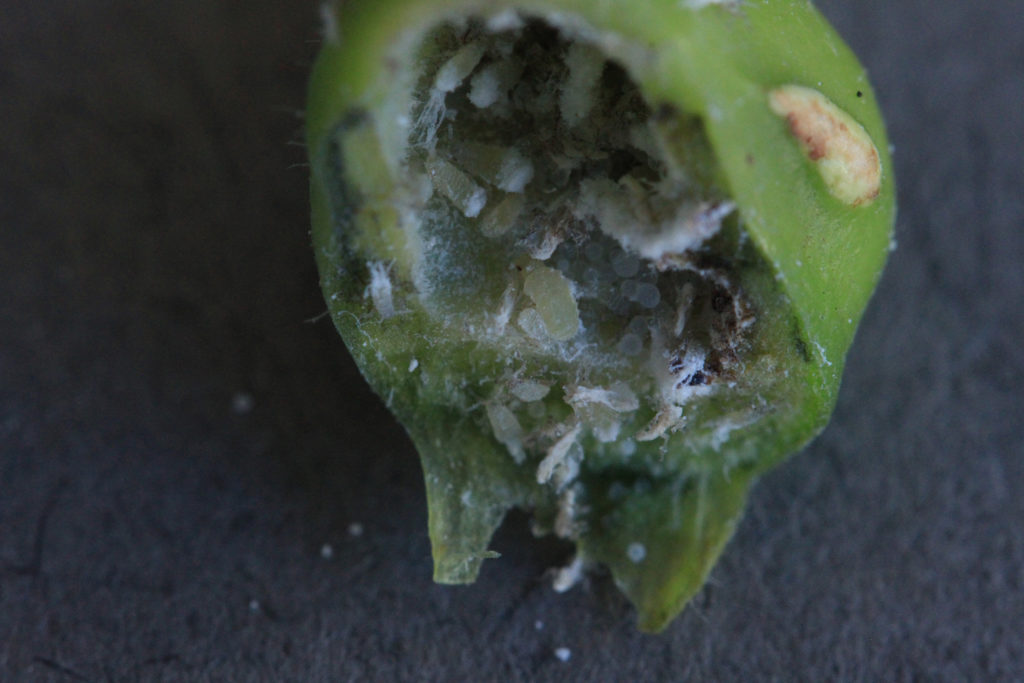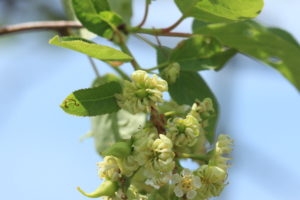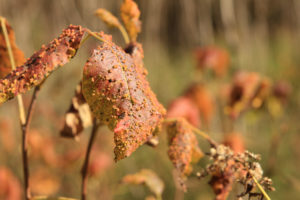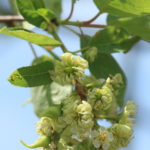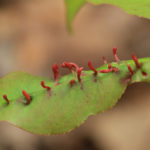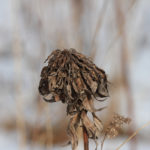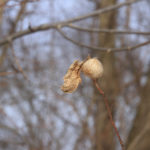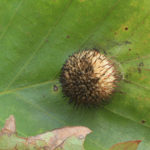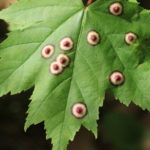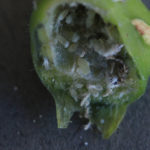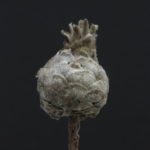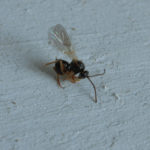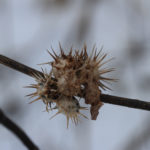Even though galls can be caused by bacteria, insect galls are much more numerous and common. In this very brief look at galls, we will focus on a few galls caused by insects. First, we need to know what a gall is. An insect gall is a growth that forms on different parts of a plant as a reaction to the feeding stimulus by insects or mites. They range from simple enlargements or swellings of the leaves or stems to highly complex novelties of plant anatomy, but are always specific to the gall former. Galls can be on the leaf, stem, flower, fruit or root and take many different forms. With around 1500 gall forming insects and mites in the United States, the diversity of galls is as diverse as the gall former itself. Oaks alone, are host to 800 different galls. Each gall is unique to the former and the plant it is found on. Knowing the plant species is the first step in identifying the insect that formed the gall. Galls are formed by midges, flies, gall wasps, mites, aphids, sawflies, moths and beetles. Gall forming insects overwinter in different stages, depending on the species. Some overwinter in the gall itself while others may spend the winter as an egg on a particular part of the host plant.
The most common galls that you may be familiar with or see, are the round and elliptical galls on the stems of Goldenrods. They are especially easy to spot in winter and the larvae inside have been used as ice fishing bait. Another common gall is the Pine Cone Willow gall that resembles a pine cone and usually sticks up at the tip of a branch of shrub willows. It has layered scales like a pine cone and not only does it provide a place for the forming insect to develop and complete its life cycle, but can also harbor other insects in various stages through the winter.
You may have notice bumps, raised protrusions or bull’s eye spots on leaves in your yard, these are galls, but don’t worry they won’t harm your trees. Before you think they are unsightly on your trees, do a little research and get to know them. Understanding what is really going on may help to actually be interested in them and realize they are a normal part of nature. I find it interesting how many there are and have fun looking to see how many I can find.
Some galls like the Poplar Petiole gall have an opening to allow the adult aphid to escape. Others like the stem galls on Goldenrod do not have an opening, therefore the larvae or adult must bore its way out. Here is a very short video of the aphids in the Petiole gall: https://www.youtube.com/watch?v=sKmU6cPX-4c.
I had posted the photo above on my Facebook page as a mutated Choke Cherry flower. Someone commented that they thought is might be a gall. With a little research, it seems they are correct. I will be revisiting this tree to see how the gall develops over the summer. This gall appears to be a relatively little know gall, so there is an opportunity to learn here.
Galls are found on a wide range of plant species, even on Poison ivy!
Start watching when you are out your yard or natural areas and before long you will be amazed at home many and the diversity of galls you will see.
- Cherry Flower Gall
- Finger Gall on Cherry
- Gall of Sand Cherry Fruit
- Goldenrod Leafy Gall
- Golenrod Gall with larvae
- Hackberry Twig Gall
- Hegdehog Gall on Oak
- Maple leaf Eyespost gall
- Mite Galls on Poison Ivy
- Oak
- Petial Gall on Polplar species
- Petial Gall with Aphids inside
- Pine Cone Willow Gall
- Round Goldenrod stem gall
- Spiny Rose Gall summer
- Spiny Rose Gall wasp
- Spiny Rose Gall winter
- Willow Apple Gall disected
- Willow Apple Gall
- Witch Hazel
- Wool Sower gall on Oak
 Click on the title of a post to view a full gallery of images.
Click on the title of a post to view a full gallery of images.

